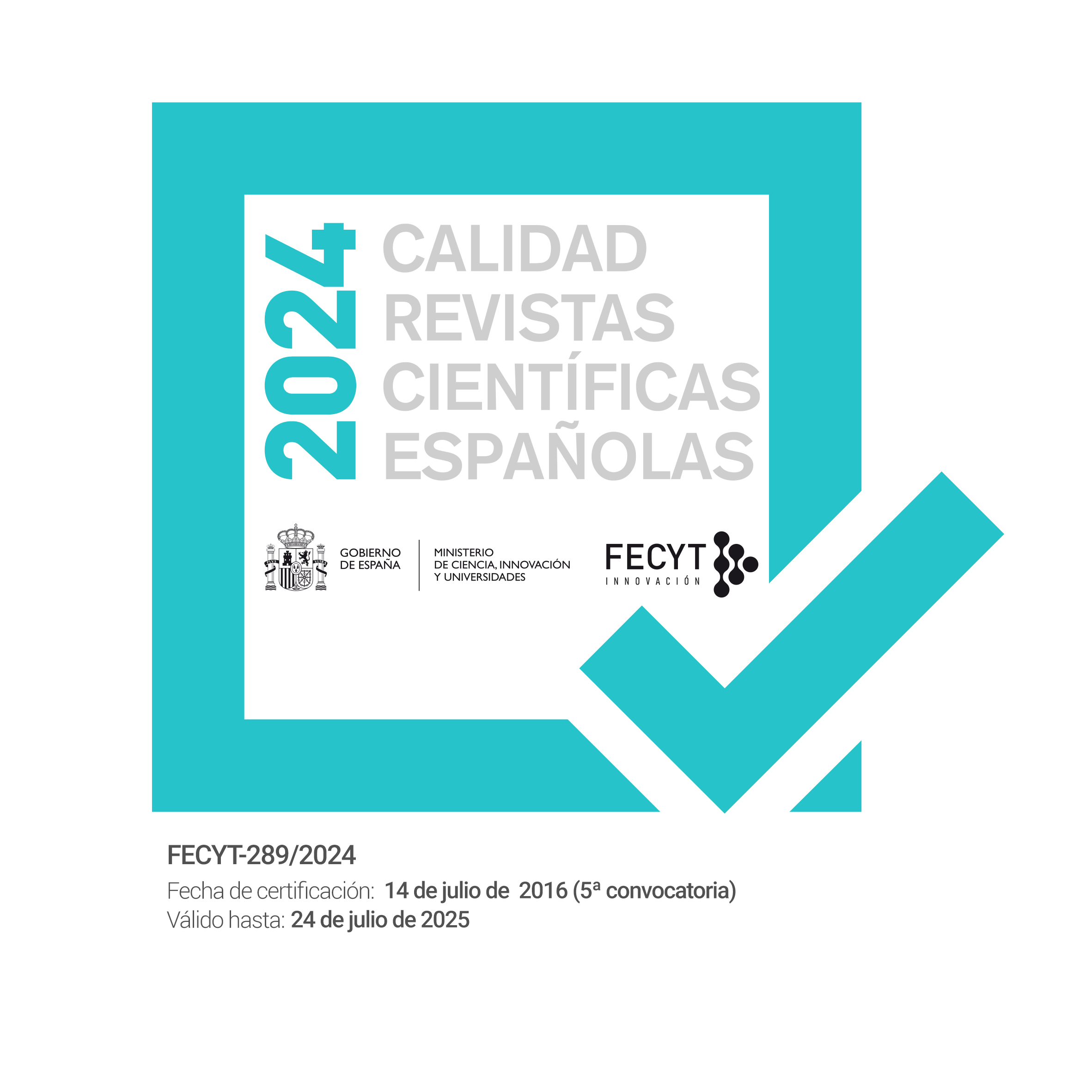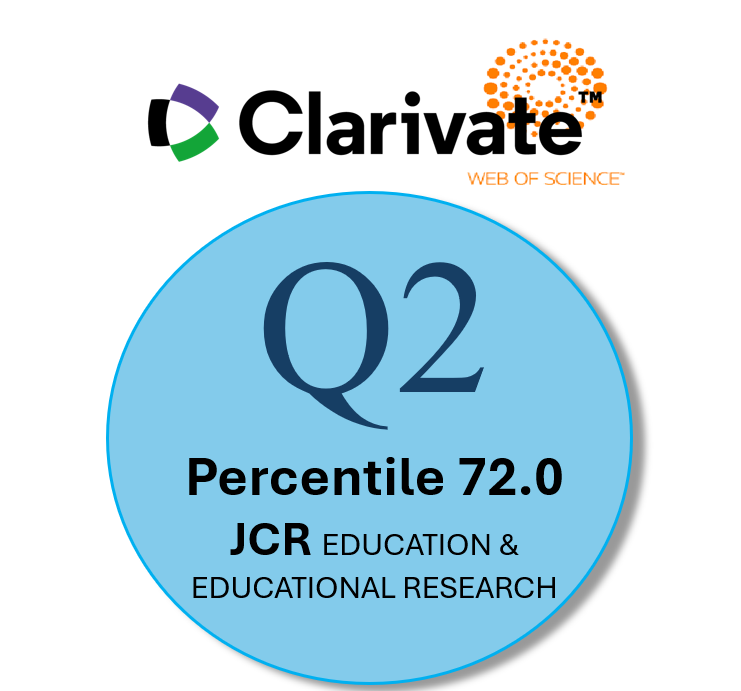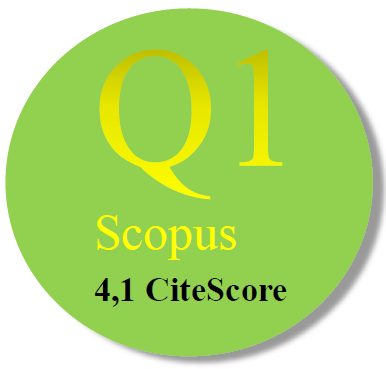Using the flipped learning model in a public high school
Abstract
The purpose of the techno-pedagogical models that have been developed is to apply the most accurate information and communication technologies (ICT) use to the instructional design that is planned to be executed. Among the different models revised to develop the current research, the flipped learning model reveals application possibilities in the public high schools. In general, the flipped learning model proposes that the direct instruction is replaced by learning materials, which are delivered outside the class while typical homework activities are implemented in class time. On this basis, a flipped classroom experience was carried out in the “Reading comprehension in English as a foreign language” class in the fifth semester of a public high school in the city of Xalapa, Veracruz (Mexico). Digital resources and multimedia activities were developed and hosted in a Moodle platform. A quantitative-based approach was used along with a quasi-experimental design with control and experimental groups. Standardized tests for pre and post assessment of written text comprehension were also used. The results show statistically important evidences that allow to make some promising considerations.
Downloads
-
Abstract2060
-
pdf (Español (España))1270
Las obras que se publican en esta revista están sujetas a los siguientes términos:
1. El Servicio de Publicaciones de la Universidad de Murcia (la editorial) conserva los derechos patrimoniales (copyright) de las obras publicadas, y favorece y permite la reutilización de las mismas bajo la licencia de uso indicada en el punto 2.
2. Las obras se publican en la edición electrónica de la revista bajo una licencia Creative Commons Reconocimiento-NoComercial-SinObraDerivada 3.0 España (texto legal). Se pueden copiar, usar, difundir, transmitir y exponer públicamente, siempre que: i) se cite la autoría y la fuente original de su publicación (revista, editorial y URL de la obra); ii) no se usen para fines comerciales; iii) se mencione la existencia y especificaciones de esta licencia de uso.
3. Condiciones de auto-archivo. Se permite y se anima a los autores a difundir electrónicamente las versiones pre-print (versión antes de ser evaluada) y/o post-print (versión evaluada y aceptada para su publicación) de sus obras antes de su publicación, ya que favorece su circulación y difusión más temprana y con ello un posible aumento en su citación y alcance entre la comunidad académica. Color RoMEO: verde.













